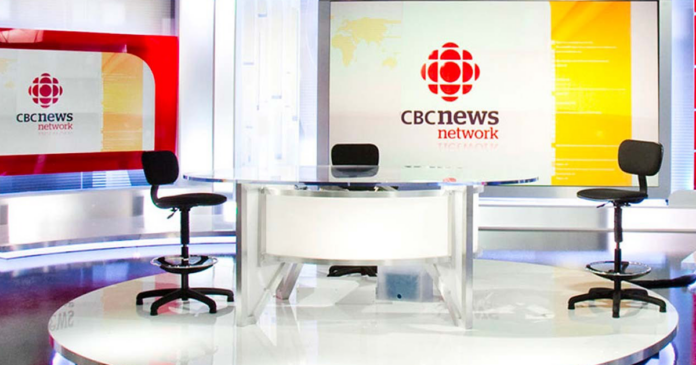In expensive cities like Toronto, it’s nigh impossible to polish a $39,000 annual salary into a living wage, but that’s what the Canadian Union of Public Employees (CUPE) claims its educational workers earned before walking off the job.
The union, along with the mainstream media, also claimed Ontario Premier Doug Ford folded like a cheap deck of cards when he dropped his “notwithstanding clause” legislation and its forced contract.
He didn’t. In fact, he played the union.
Now, in times like this when Ontario’s school children were again being used as pawns in the shakedown of the provincial government, would that all the strikers earned six-figure salaries.
But they can’t.
They are what they are, the lower end of the scale—education assistants, library workers, administrative staff, secretaries, custodians, early childhood educators and school safety staff.
None of their resumes merits a six-figure salary, not that any striker would suggest such a scenario.
But a raise—any raise—in these economic times is not to be sniffed at, especially when the overly-abused taxpayer has to foot the bill.
The proposal tabled by the Ford government and rejected by the union offered 2.5% pay increases to workers making less than $43,000 and 1.5% raises for others.
Naturally the workers walked out because, according to CUPE, education workers have seen their wages decline in real terms by nearly 11% in the past decade, with the average worker earning $3,000 short of what is considered a living wage in expensive cities like Toronto.
But whose fault is that? It’s the union itself who’s to blame. It takes workers’ dues and then it fails to come through, obviously time and time again if the 11% over 10 years holds true.
But who among us, including workers in the private sector, have seen salaries hold their value over the past decade?
The Tories knew this strike was going to happen, which is why they invoked the “notwithstanding clause” to ram through Bill 28 – the Keeping Students in Class Act – which forced CUPE educational support workers to accept what has been called an “abysmal” employment contract, imposes steep fines for workers who participate in any strike, and prevents further labour action.
It was a sledge hammer, no question about it.
Obviously it pissed off Prime Minister Justin Trudeau to no end, leaving him railing against a law that stripped educational-support workers of their constitutional right to bargain for a fair wage.
“Using the notwithstanding clause to suspend workers’ rights is wrong,” said Trudeau, adding collective bargaining negotiations need to happen respectfully despite any difficulty that arises.
“The suspension of peoples’ rights is something that you should only do in the most exceptional circumstances,” he said, “and I really hope that all politicians call out the overuse of the notwithstanding clause to suspend peoples’ rights and freedoms.”
But what would Trudeau know about a parent’s juggling of schedules with children in the public education system when support workers go on a wildcat strike to demand better than a 2.5% raise?
Exactly. Easy for him to feign disgust with the Ford government but he is not dealing with a union demanding an almost 12% raise—not a quasi reasonable 4% or 5%, but 11.7% across the board.
After Covid threw a two-year wrench into the elementary education system, the last thing Doug Ford’s government needed was 55,000 educational helpers stubbornly asking for the moon.
Now that he has hauled back the “notwithstanding clause” legislation, it’s back to square one in negotiations.
But the workers are back to work. So who really lost?





























